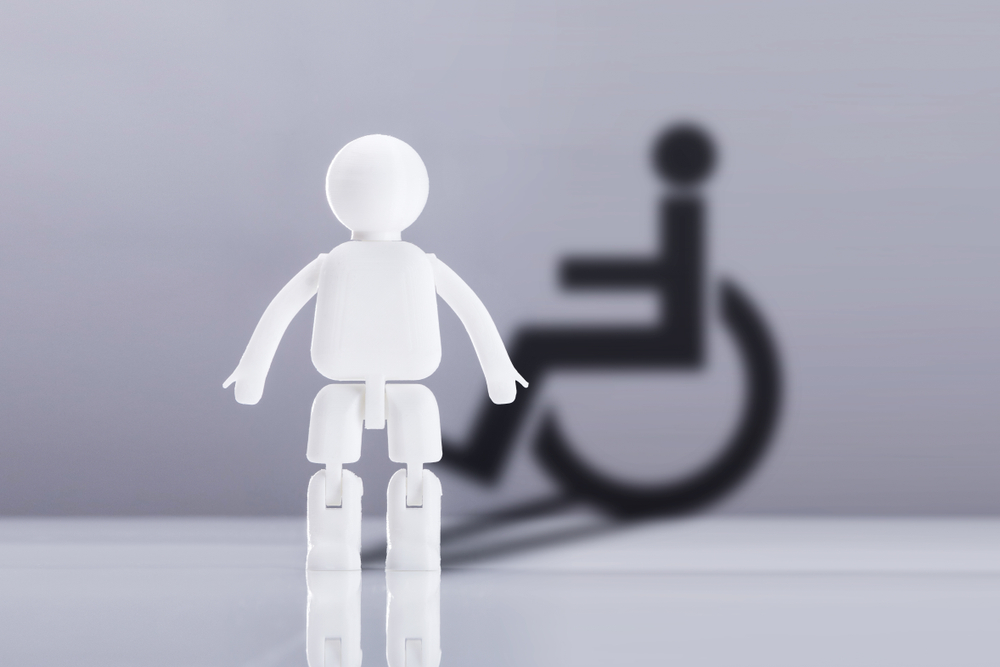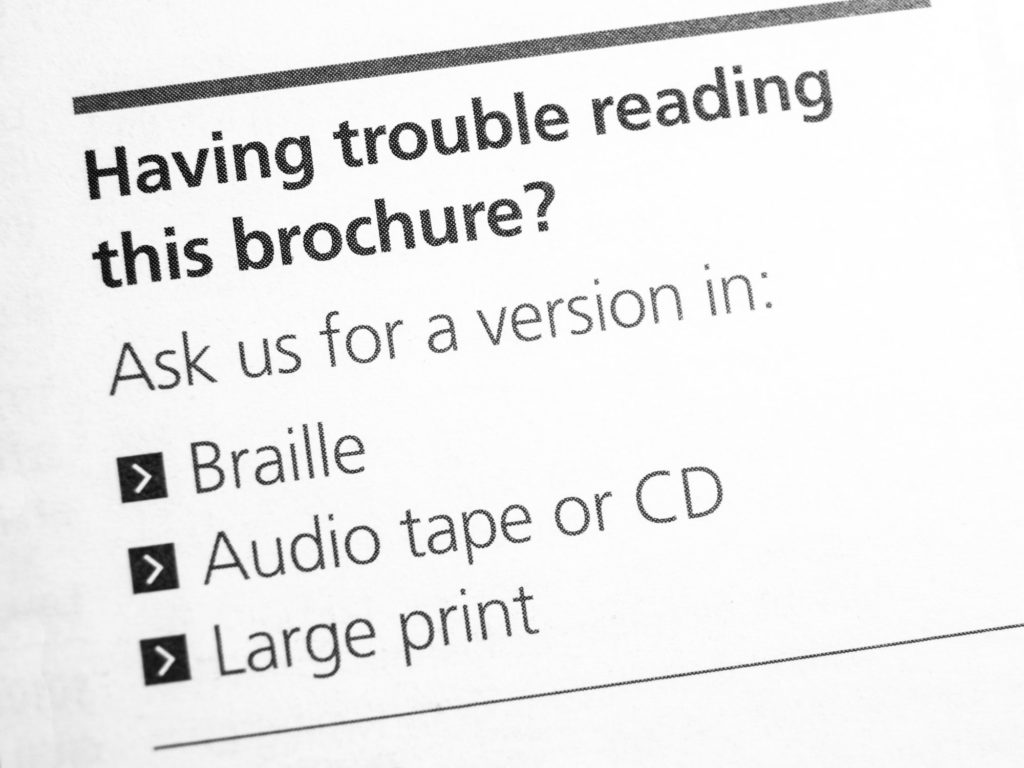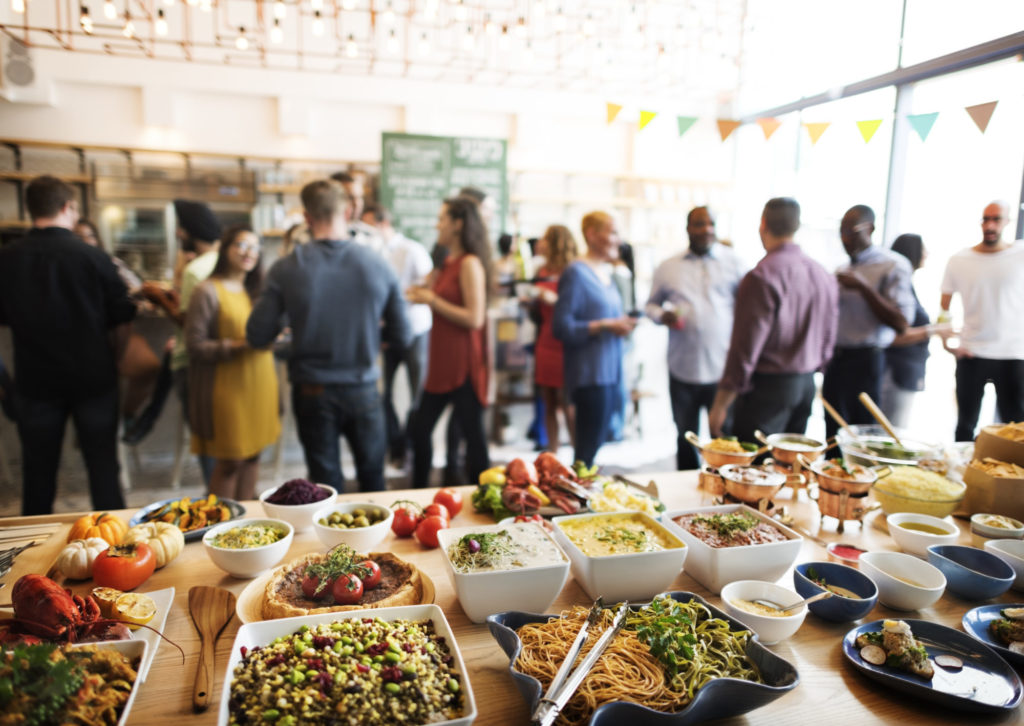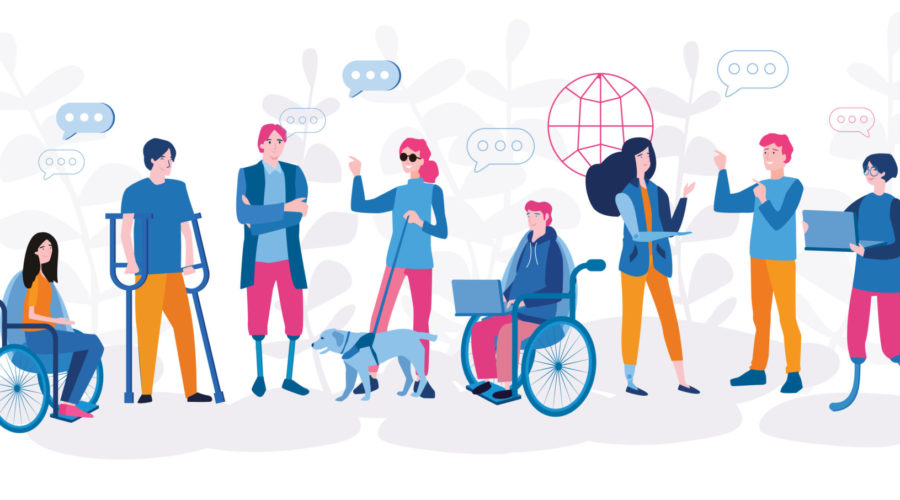Planning for accessibility
Accessibility should be at the top of any event professional’s list. Here’s how to keep it in mind from start to finish.
Why accessibility matters
Whether you’re planning an academic conference, a festival, or a teambuilding day, all event organisers share one common goal: to ensure all event attendees have a great time.
When it comes to attendee happiness, you might think about freebies, entertainment, the venue, and more. But in focusing your attention on these things, it can be easy to forget about one of the most important things of all – accessibility.
Truly successful events are the ones that are fully inclusive and welcoming to all. There’s no point in having the best event line-up ever if only some of your attendees can enjoy it.

Who benefits from accessibility?
We all do! Accessibility isn’t just for people with permanent disabilities or ailments. There are temporary and contextual issues to think about too.
Check out some of these examples below:
| Permanent | Temporary | Contextual | |
| Hearing | Deafness | Ear infection or blockage | Noisy room/loud music |
| Visual | Blind | Lost glasses or eye infection | Sun glare/restricted view of stage |
| Motor | Tremors | Broken arm or sprained ankle | Walking/exercising |
| Cognitive | Dyslexia | Exhaustion or anxiety | Child crying/high-pitch alarm |
Planning for accessibility ensures that everyone can enjoy the same great event experience, no matter their background or personal circumstances.

Gather the right information
It’s impossible to plan for accessibility without knowing what your audience’s needs are first. Get to know your attendees better by adding a section to your RSVP form where they can detail any specific requirements they have (e.g., breastfeeding-friendly space).
Everyone is different. So, we recommend using a text box, rather than opting for a tick-box approach, to ensure your audience can answer freely.
Nail your pre-event communications
The best way to keep people in the loop with key event information is via email. Make sure yours contains all the accessibility information attendees will need in advance of the event.
This can include everything from accessible venue directions to advisories over content (e.g., strobe lighting). Not only will this help save your guests time, but it will also show them that you care about them and their wellbeing.
Make sure the email itself is accessible too. The main things to look out for are:
- Colours: choose colours with maximum contract so your content is legible to all. We recommend using an online contrast checker to help you.
- Font size: larger font sizes (12 points at a minimum) are best.
- Images: add alternative text to any visuals to help describe the image to visually impaired readers using screen-reading tools.
There are plenty of online tools to check how well your emails score on accessibility. Our favourite is Litmus.
Pick an accessible venue
There are some quick checks you can make to ensure a venue meets your audience’s accessibility requirements. Ask your event coordinator:
- Is there step-free access? Level access If not, can a ramp be provided?
- Is there a platform lift for wheelchair users?
- Is there Blue Badge or disability-friendly parking on-site?
- Is there enough space for people with wheelchairs, mobility aids, or assistance dogs?
- Is an accessible toilet available?
- Is there a quiet breakout space where attendees can rest and recuperate?
- Is there accessible signage throughout the venue?
Obviously, this isn’t an exhaustive list. You may want to look out for prayer rooms, breastfeeding-friendly spaces and more.

Every person is different, so make sure to ask the right questions based on your audience.
Make sure to give your venue a call a few days before your event to check all facilities are working or available. This will give you time to put any contingency plans into place.
Get your set-up right
If you’re hosting a conference or speaking event, you’ll want to make sure everyone can hear you loud and clear. Look for a venue that has a hearing loop system in place, like our Bramall Music Building, for those who are hard of hearing, and remember to add subtitles and captions to your event where appropriate.
Ensure your room is well lit for any lip-readers too, and don’t forget sign language interpreters are available should you need them.

Getting your AV spot-on is also key to accessibility. If your mic isn’t working properly or your audio is too loud, it can dramatically reduce the accessibility of your content. To get your set-up spot on, we recommend sourcing support from expert technicians, like our in-house AV team.
If your event involves non-verbal communication (e.g., poster boards), make sure to present any information in accessible formats (e.g., dyslexia-friendly). For blind and partially sighted attendees, opt for large print text and braille. You could also consider creating audio guides if you’re hosting an exhibition or conference.
Fuel the day
No event is complete without great food and drink. Make sure whatever’s on the menu caters to a range of dietary requirements. Gather this information from your audience at the same time as their access/health requirements.
We’d suggest planning a vegetarian or plant-based menu to begin with, before adding in any meat (think halal and kosher), gluten-free, and allergy-friendly options. Taking this approach will not only ensure your spread is inclusive but is a sure-fire way to make your event more sustainable.

Whatever you choose, we recommend offering at least two options per dietary requirement, so people get to choose exactly what they want to eat.
It’s not just about what’s on offer though. How it’s served is also important. If you’re opting for formal dining, ensure there’s enough room for personal space at each table. Opting for a self-serve buffet? Make sure items are within easy reach of everyone and have someone on hand to serve food to those with limited mobility.
If you’d like to find out how you can make your event accessible at the University of Birmingham, get in touch today. Our event experts are always happy to help.


